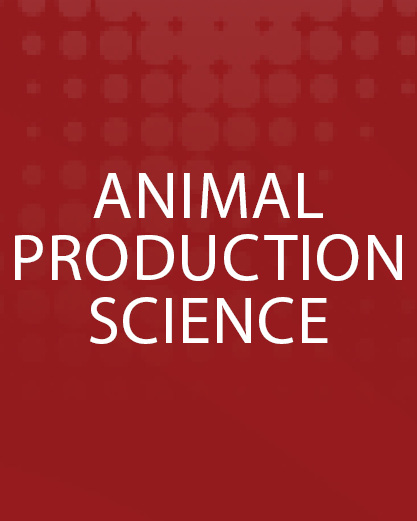Document type : scientific article published in Animal Production Science
Author: D.L.M. Campbell
Preview: Modern laying hens have been selected for an astounding rate of egg production, but the physiological calcium demand takes a significant toll on their skeletal health. Bones can be assessed both in vivo and ex vivo, using a combination of different structural and mechanical analysis methods. Typically, the properties of leg, wing and keel bones are measured. Conventional caged layers are restricted in movement, which imbalances structural bone resorption and new bone formation, resulting in osteoporosis. Hens within alternative housing systems have opportunities to exercise for strengthening bones, but they can also suffer from higher rates of keel fractures and/or deviations that are likely to have resulted from collisions or pressure force. Limited research has been conducted within Australian commercial housing systems to assess hen skeletal health, including prevalence of keel damage across different system types. Research conducted on both brown and white hen strains approximately within the past decade internationally (2009 onward) has shown that skeletal health is impaired across all housing systems. Keel-bone damage is of specific concern as it occurs at high rates, particularly in multi-tiered systems, is painful, can alter hen behaviour, and reduce both production and egg quality. Management strategies such as the provision of ramps to access perches and tiers can reduce the incidence of keel-bone damage to a degree. Bone strength can be improved through exercise opportunities, particularly when available during pullet rearing. Genetic selection for high bone strength may be necessary for hens to adequately adapt to loose-housed systems, but the best strategy for improving skeletal health is likely to be multifactorial.






